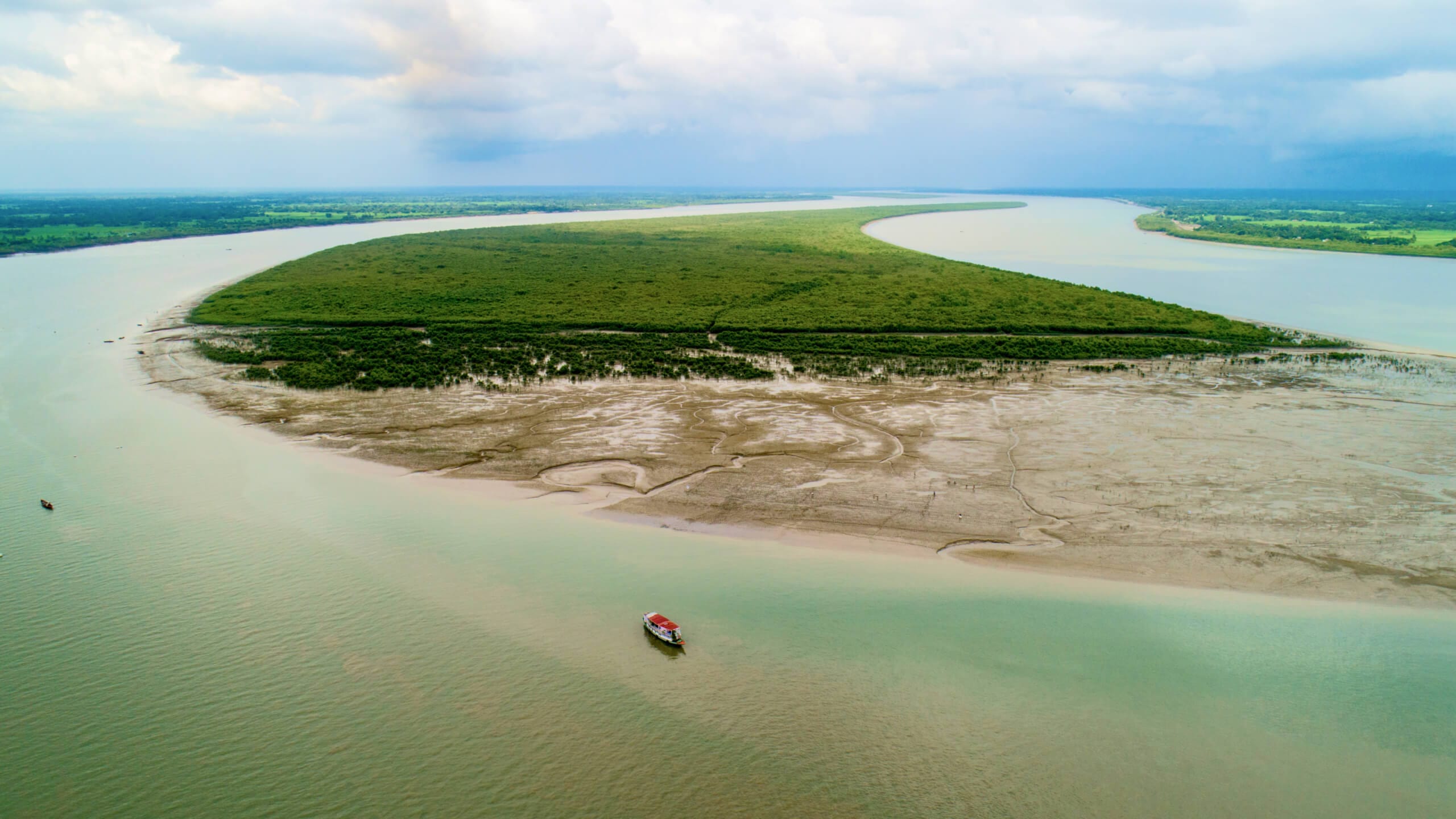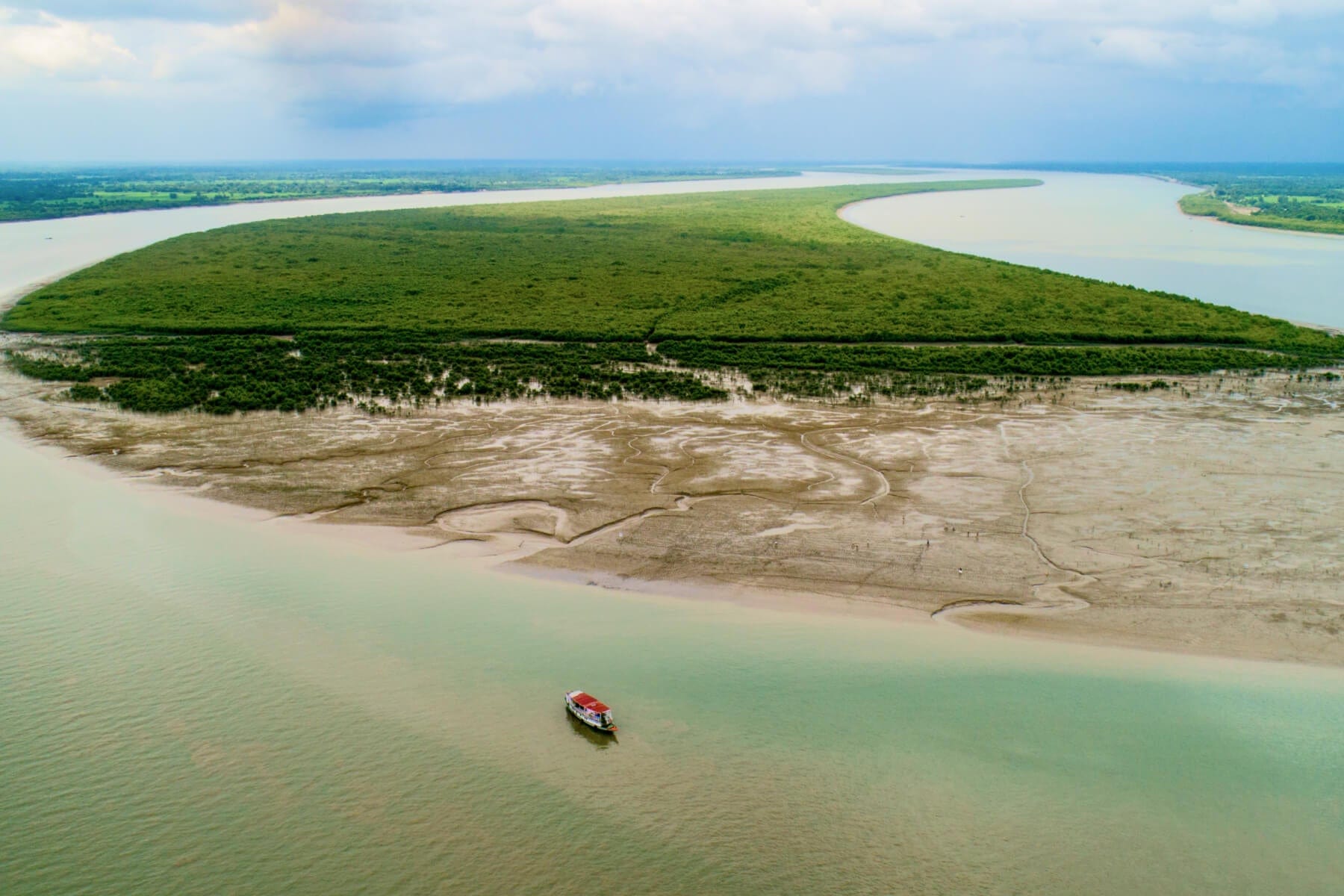Reforestation in
India
From the towering Himalayas and vast Thar Desert to lush tropical rainforests and coastal mangrove swamps, India's varied climate and topography create unique habitats that are critical to both endemic and migratory species. India is home to 7-8% of all recorded species, making it one of 17 "megadiverse" countries. Iconic species that call India home include the endangered Bengal Tiger and Asian Elephant, the Great Hornbill, and the rare Indian Rhinoceros.
India faces significant environmental challenges, including deforestation, habitat fragmentation, and pollution. Rapid urbanization and industrialization exacerbate these issues, leading to the loss of critical habitats. Additionally, climate change impacts, such as erratic monsoons and rising temperatures, threaten the delicate balance of India's ecosystems, putting both wildlife and local communities at risk.

India Stats
80%
of people
Over 80% of India’s people live in areas that are at risk of climate-induced disasters.
India: Helping People Build Resilience to Climate Change, World Bank Group
6
Forest types
India's forests are categorized into moist tropical, dry tropical, montane sub-tropical, montane temperate, sub-alpine, and alpine.
Forest Types of India, Centre for Environment Education, CEE
140k
Hectares
The Sundarbans is the largest mangrove forest in the world, spanning 140,000 hectares.
The Sundarbans, UNESCO
75%
Habitat Loss
At least 75% of California’s original habitat has already been lost.
60%
Of Water
60% of potable water in California is sourced from forested watersheds.
Project Highlights
Reforestation in India focuses on planting fruit trees and mangroves to restore biodiversity habitat, reduce coastal erosion, shield coastal communities from major storm events, support community livelihoods, improve nutrition, and more. Learn about three recent reforestation projects that planted trees in India!

Agroforestry to Protect Tiger Habitat
This project is restoring critical habitats around the Nagarahole and Bandipur National parks, benefiting a diverse range of wildlife, including tigers, elephants, and leopards. By planting a mix of native fruit & medicinal trees with vulnerable communities living at the edge of these parks, the project will establish buffer zones that reduce human-wildlife conflicts while improving livelihoods by diversifying crop production.
Women-led mangrove restoration Sundarbans
This mangrove restoration project will help protect coastal communities against storms, enhance marine ecosystems, and support biodiversity. Mangroves serve as nurseries for fish, sequester carbon, and absorb pollutants. The project also empowers women by developing their skills in nursery management and mangrove monitoring, boosting their economic opportunities.


Fruit Trees To Fight Hunger
This project has planted and nurtured 5 million fruit trees with smallholder farmers in marginalized communities across several Indian states. These fruit trees are expected to help farmers create sustainable livelihoods and provide nutritious food to their families and communities. Over time, they will also combat pollution, increase local biodiversity, conserve water, and improve soil fertility in areas badly impacted by drought and erosion.


